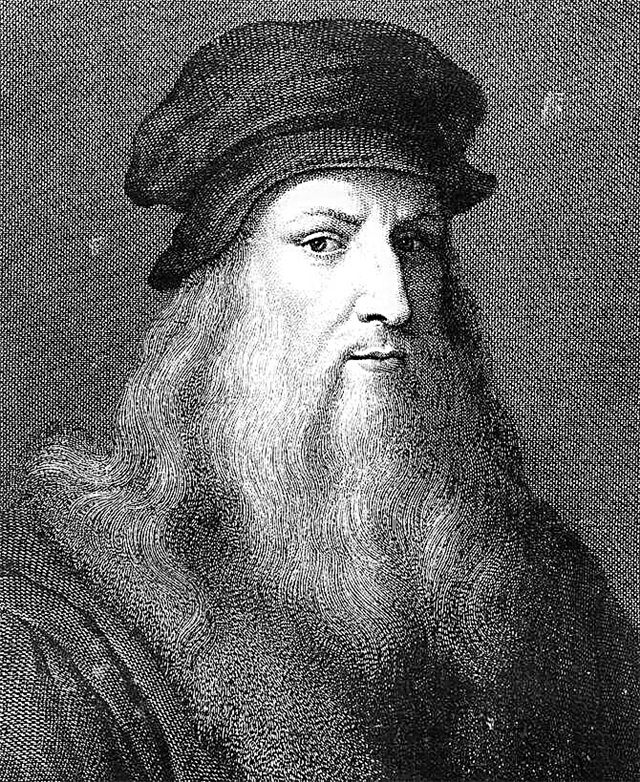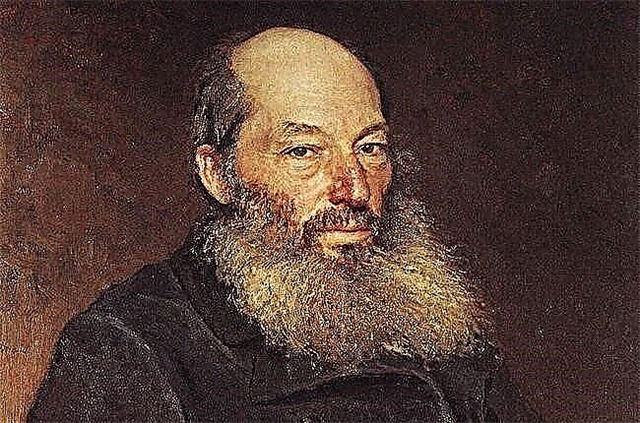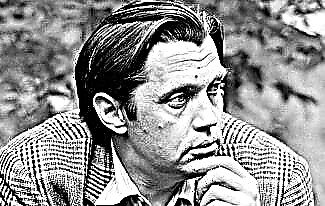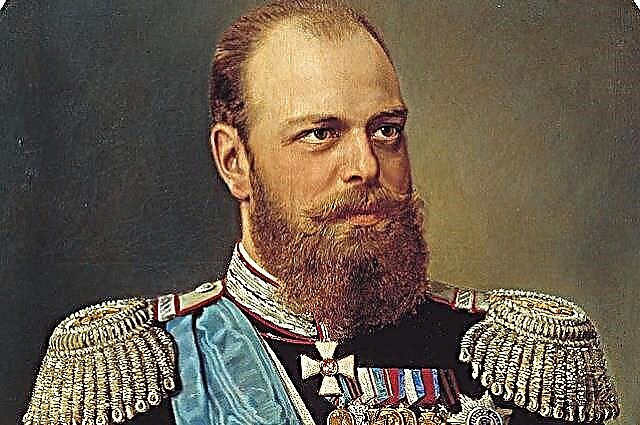Pafnuti L. Chebyshev (1821-1894) - Russian mathematician and mechanic, founder of the St. Petersburg mathematical school, academician of the St. Petersburg Academy of Sciences and 24 other academies of the world. He is considered one of the greatest mathematicians of the 19th century.
Chebyshev achieved high results in the field of number theory and probability theory. Developed the general theory of orthogonal polynomials and the theory of uniform approximations. The founder of the mathematical theory of synthesis of mechanisms.

There are many interesting facts in the biography of Chebyshev, which we will talk about in this article.
So, before you is a short biography of Pafnutiy Chebyshev.
Chebyshev's biography
Pafnutiy Chebyshev was born on May 4 (16), 1821 in the village of Akatovo (Kaluga province). He grew up and was brought up in the family of a wealthy landowner Lev Pavlovich and his wife Agrafena Ivanovna.
Childhood and youth
Pafnutiy received his primary education at home. His mother taught him to read and write, and Avdotya's cousin taught him French and mathematics.
As a child, Chebyshev studied music, and also showed great interest in various mechanisms. The boy often designed various mechanical toys and devices.
When Pafnutiy was 11 years old, he and his family moved to Moscow, where he continued to receive his education. Parents hired teachers in physics, mathematics and Latin for their son.
In 1837, Chebyshev entered the Physics and Mathematics Department of Moscow University, studying there until 1841. Five years later, he defended his master's thesis on the topic "Experience of elementary analysis of probability theory."
A few months later Pafnutiy Chebyshev was approved as an adjunct professor at St. Petersburg University. He taught higher algebra, geometry, practical mechanics and other disciplines.
Scientific activity
When Chebyshev was 29 years old, he became a professor at St. Petersburg University. A couple of years later he was sent to Great Britain, France, and then to Belgium.
During this time, the biography of Paphnutiy received a lot of useful information. He studied foreign mechanical engineering, and also got acquainted with the structure of industrial enterprises that manufacture various products.

In addition, Chebyshev met famous mathematicians, including Augustin Cauchy, Jean Bernard Leon Foucault and James Sylvester.
Upon his arrival in Russia, Paphnutiy continued to engage in scientific activities, developing his own ideas. For his work on the theory of hinged parallelograms and the theory of approximation of functions, he was elected an ordinary academician.
Chebyshev's greatest interest was in number theory, applied mathematics, probability theory, geometry, the theory of approximation of functions and mathematical analysis.
In 1851, the scientist published his famous work "On the determination of the number of prime numbers not exceeding a given value." She was devoted to number theory. He managed to establish a much better approximation - the integral logarithm.
Chebyshev's work brought him European popularity. A year later, he published an article "On primes", in which he analyzed the convergence of series depending on prime numbers, and calculated a criterion for their convergence.
Pafnutiy Chebyshev was the first world-class Russian mathematician in probability theory. In his work "On Average Values" he was the first to prove the point of view known today on the concept of a random variable, as one of the basic concepts of the theory of probability.
Pafnutiy Chebyshev achieved great success in the study of the theory of approximation of functions. He devoted about 40 years of his life to this topic. The mathematician posed and solved the problem of finding the polynomials that deviate least from zero.

Later Chebyshev's calculations will be used in computational linear algebra.
At the same time, the man researched mathematical analysis and geometry. He is the author of a theorem on integrability conditions for a differential binomial.
Later Pafnutiy Chebyshev published an article on differential geometry, under the original title "On the cutting of clothing." In it, he introduced a new class of coordinate grids - "Chebyshev networks".
For many years Chebyshev worked in the military artillery department, seeking more distant and accurate firing from guns. To this day, Chebyshev's formula has been preserved for determining the range of a projectile based on its throwing angle, starting speed and air resistance.
Pafnutiy paid great attention to the theory of mechanisms, to which he devoted about 15 articles. An interesting fact is that under the influence of discussions with Chebyshev, British scientists James Sylvester and Arthur Cayley became interested in the issues of kinematics of mechanisms.
In the 1850s, the mathematician began to deeply study hinge-link mechanisms. After much computation and experimentation, he created a theory of functions that deviates least from zero.
Chebyshev described his discoveries in detail in the book "Theory of mechanisms known as parallelograms", becoming the founder of the mathematical theory of synthesis of mechanisms.
Mechanism design
Over the years of his scientific biography, Pafnutiy Chebyshev designed more than 40 different mechanisms and about 80 of their transformations. Many of them are used today in automotive and instrument making.

The scientist has developed 2 approximate guiding mechanisms - lambda-shaped and cross.
In 1876, Chebyshev's steam engine was presented at the World's Fair in Philadelphia, which had many advantages. He also created a "plantigrade machine" that imitated the walking of animals.
In 1893 Pafnutiy Chebyshev assembled an original wheelchair, which was a scooter chair. In addition, the mechanic is the creator of the automatic adding machine, which today can be seen in the Paris Museum of Arts and Crafts.
These are not all of Pafnutius's inventions, which were distinguished by their productivity and innovative approach to business.
Pedagogical activity
Being a member of the committee of the Ministry of Public Education, Chebyshev improved textbooks and made programs for schoolchildren. He strove to develop and modernize the education system.
Pafnutius' contemporaries claimed that he was an excellent lecturer and organizer. He succeeded in forming the nucleus of that group of mathematicians, which later became known as the St. Petersburg Mathematical School.
Chebyshev lived all his life alone, devoting all his time only to science.
Death
Pafnuti Lvovich Chebyshev died on November 26 (December 8) 1894 at the age of 73 years. He died right at his desk.
Chebyshev Photos












